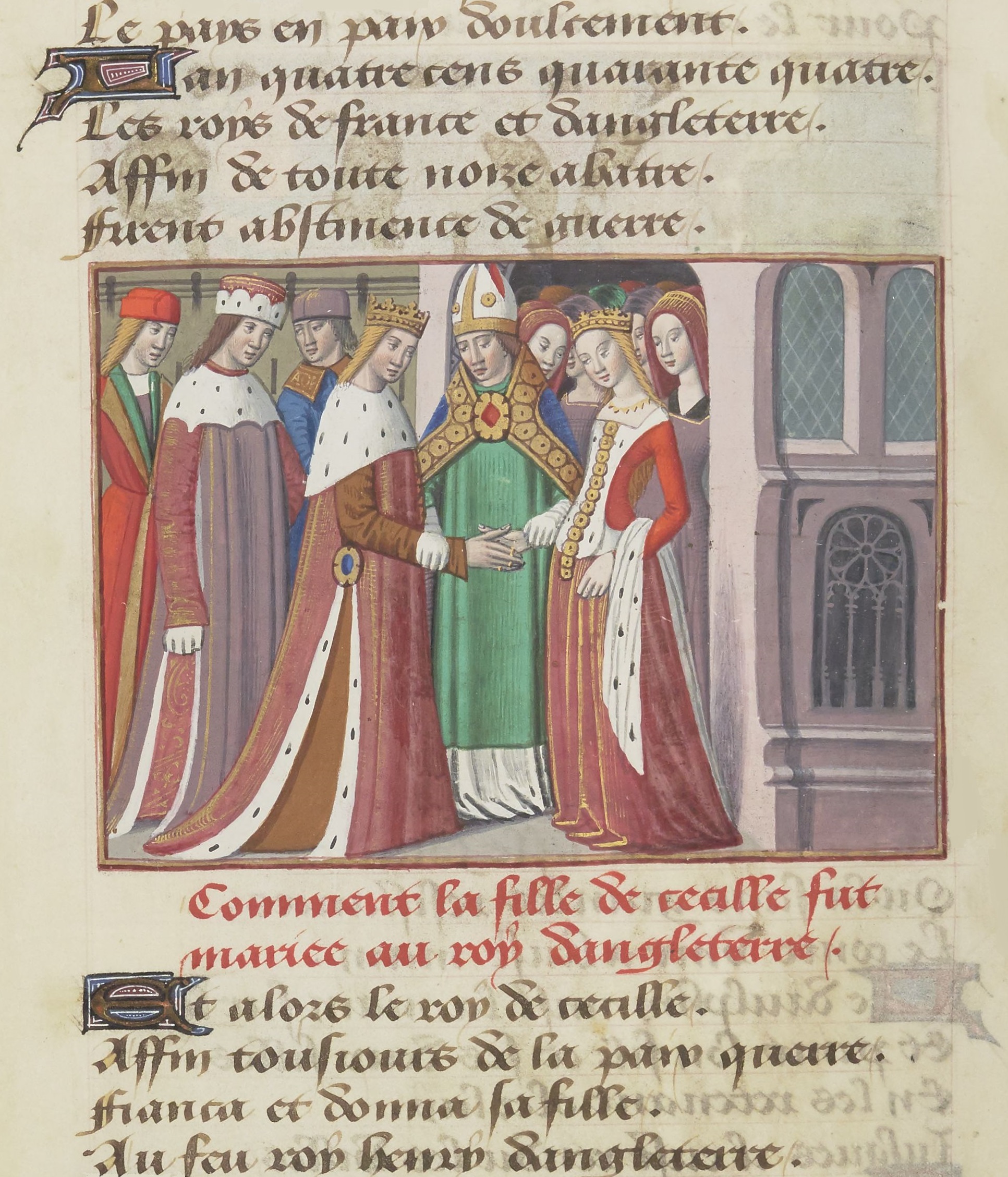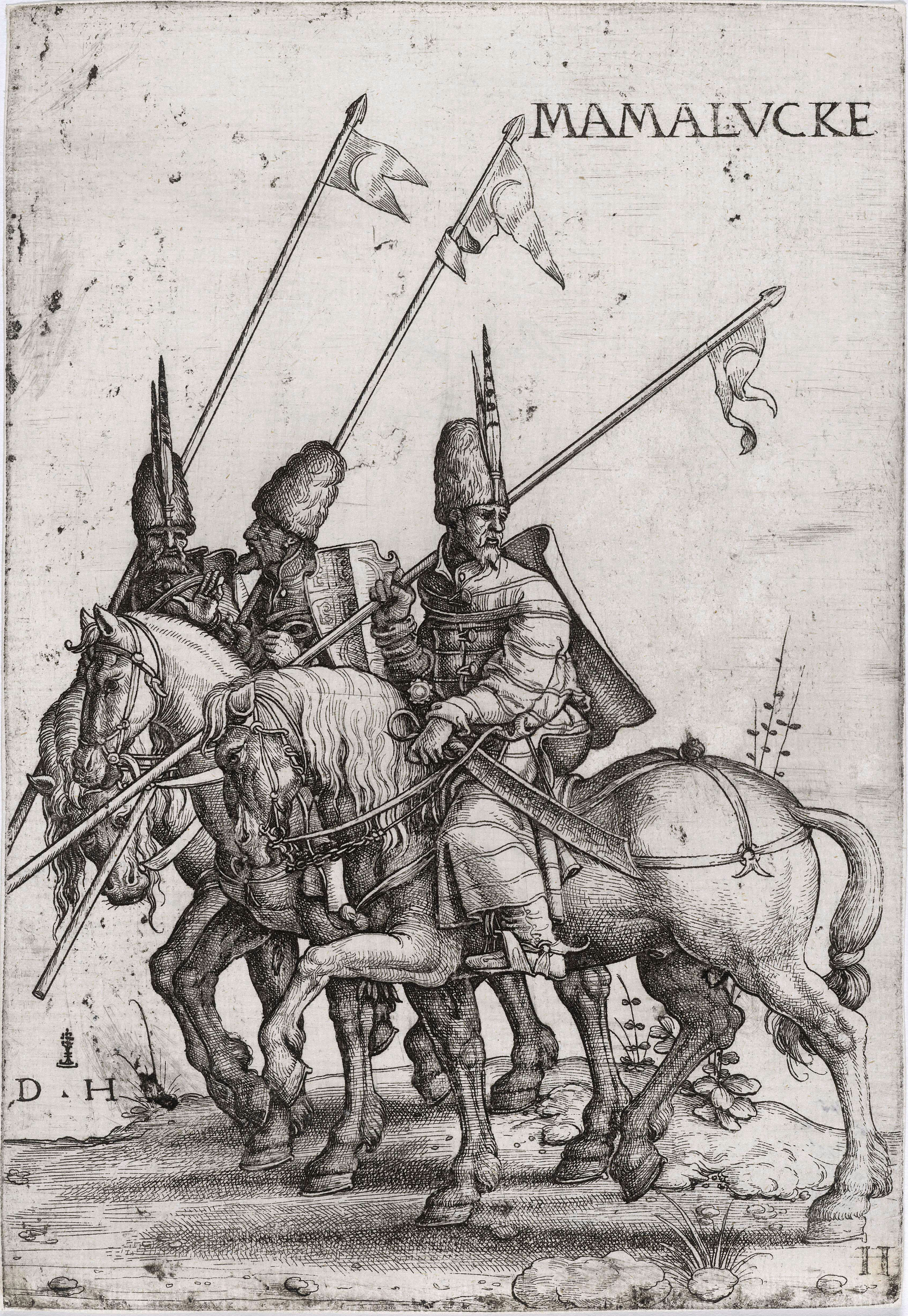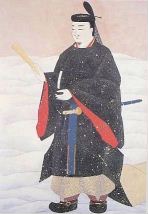|
Kujō Masamoto
, son of regent Mitsuie, was a ''kugyō'' or Japanese court noble of the Muromachi period (1336–1573). He held a regent position kampaku from 1476 to 1479. Kujō Hisatsune was his son. Masamoto-kō Tabihikitsuke In 1501, Kujō Masamoto left Kyoto for an extended stay at the family's Hine Estate to manage the shōen directly in a time when courtier control of estates was increasingly disrupted by the military conflicts and social transformations of the Sengoku period. Masamoto kept a diary, Tabihikitsuke (published as Masamoto-kō Tabihikitsuke 政基公旅引付), which offers a view of estate management and rural life and livelihoods. Family * Father: Kujō Mitsuie * Mother: Karahashi Aritoyo’s daughter * Wives and Children: ** Wife: Jusanmi Tomoko *** Kujō Hisatsune ** Wife: Mushanakoji Takamitsu’s daughter *** Hosokawa Sumiyuki (1489-1507) ** unknown *** Jijiyuin *** son (1505-1564) adopted by Ashikaga Yoshitane , also known as , was the 10th ''shōgun'' of the Ashik ... [...More Info...] [...Related Items...] OR: [Wikipedia] [Google] [Baidu] |
Kujō Mitsuie
, son of regent Tsunenori and adopted son of Kujō Tadamoto, was a ''kugyō'' or Japanese court noble of the Muromachi period (1336–1573). He held a regent position kampaku from 1418-1424. Masatada and Masamoto were his sons. Family * Father: Kujō Tsunenori * Foster Father: Kujō Tadamoto , son of regent Tsunenori with Sanjo Sanetada’s daughter, was a ''kugyō'' or Japanese court noble of the Muromachi period The , also known as the , is a division of Japanese history running from approximately 1336 to 1573. The period marks ... * Wife: Karahashi Aritoyo’s daughter * Children: ** Kujō Masatada ** Kujō Masamoto References * 1394 births 1449 deaths Fujiwara clan Kujō family {{japan-noble-stub ... [...More Info...] [...Related Items...] OR: [Wikipedia] [Google] [Baidu] |
Kugyō
is the collective term for the very few most powerful men attached to the court of the Emperor of Japan in pre-Meiji eras. The term generally referred to the and court officials and denoted a court rank between First Rank and Third Rank under the '' Ritsuryō'' system, as opposed to the lower court nobility, thus being the collective term for the upper court nobility. However, later on some holders of the Fourth Rank were also included. In 1869, following the Meiji Restoration, the court nobility and daimyo were merged into a new peerage, the '' kazoku''. Overview The ''kugyō'' generally refers to two groups of court officials: * the ''Kō'' (公), comprising the Chancellor of the Realm, the Minister of the Left, and the Minister of the Right; and * the ''Kei'' (卿), comprising the Major Counsellor, the Middle Counsellor, and the Associate Counselors, who held the court rank of Third Rank or higher. History The ''kugyō'' originated from the Three Lords a ... [...More Info...] [...Related Items...] OR: [Wikipedia] [Google] [Baidu] |
Muromachi Period
The , also known as the , is a division of Japanese history running from approximately 1336 to 1573. The period marks the governance of the Muromachi or Ashikaga shogunate ( or ), which was officially established in 1338 by the first Muromachi ''shōgun'', Ashikaga Takauji, two years after the brief Kenmu Restoration (1333–1336) of imperial rule was brought to a close. The period ended in 1573 when the 15th and last shogun of this line, Ashikaga Yoshiaki, was driven out of the capital in Kyoto by Oda Nobunaga. From a cultural perspective, the period can be divided into the Kitayama and Higashiyama cultures (later 15th – early 16th centuries). The early years from 1336 to 1392 of the Muromachi period are known as the or Northern and Southern Court period. This period is marked by the continued resistance of the supporters of Emperor Go-Daigo, the emperor behind the Kenmu Restoration. The Sengoku period or Warring States period, which begins in 1465, largely overlaps ... [...More Info...] [...Related Items...] OR: [Wikipedia] [Google] [Baidu] |
Kujō Hisatsune
, son of regent Masamoto, was a ''kugyō'' or Japanese court noble of the Muromachi period The , also known as the , is a division of Japanese history running from approximately 1336 to 1573. The period marks the governance of the Muromachi or Ashikaga shogunate ( or ), which was officially established in 1338 by the first Muromachi ... (1336–1573). He held a regent position kampaku from 1501 to 1513. Tanemichi was his son. Family *Father: Kujō Masamoto *Mother: Jusanmi Tomoko *Wife: Sanjōnishi Yasuko *Children (all by Sanjōnishi Yasuko): ** Kujō Tanemichi ** Kazanin Iesuke (1519–1580) ** son (尋円) ** Tsuneko married Nijō Korefusa ** Ooka Zenkichi References * 1469 births 1530 deaths Sesshō and Kampaku Hisatsune {{japan-noble-stub ... [...More Info...] [...Related Items...] OR: [Wikipedia] [Google] [Baidu] |
Shōen
A was a field or Manorialism, manor in Japan. The Japanese language, Japanese term comes from the Tang dynasty Chinese language, Chinese term "莊園" (Mandarin: ''zhuāngyuán'', Cantonese: ''zong1 jyun4''). Shōen, from about the 8th to the late 15th century, describes any of the private, tax free, often autonomous Estate (land), estates or manors whose rise undermined the political and economic power of the emperor and contributed to the growth of powerful local clans. The estates developed from land tracts assigned to officially sanctioned Shintō shrines or Buddhist temples or granted by the emperor as gifts to the Imperial family, friends, or officials. As these estates grew, they became independent of the civil administrative system and contributed to the rise of a local military class. With the establishment of the Kamakura shogunate, or military dictatorship, in 1192, centrally appointed stewards weakened the power of these local landlords. The shōen system passed ou ... [...More Info...] [...Related Items...] OR: [Wikipedia] [Google] [Baidu] |
Sengoku Period
The was the period in History of Japan, Japanese history in which civil wars and social upheavals took place almost continuously in the 15th and 16th centuries. The Kyōtoku incident (1454), Ōnin War (1467), or (1493) are generally chosen as the period's start date, but there are many competing historiographies for its end date, ranging from 1568, the date of Oda Nobunaga#Ise campaign, Omi campaign, and march to Kyoto, Oda Nobunaga's march on Kyoto, to the suppression of the Shimabara Rebellion in 1638, deep into what was traditionally considered the Edo period. Regardless of the dates chosen, the Sengoku period overlaps substantially with the Muromachi period (1336–1573). This period was characterized by the overthrow of a superior power by a subordinate one. The Ashikaga shogunate, the ''de facto'' central government, declined and the , a local power, seized wider political influence. The people rebelled against the feudal lords in revolts known as . The period saw a break ... [...More Info...] [...Related Items...] OR: [Wikipedia] [Google] [Baidu] |
Ashikaga Yoshitane
, also known as , was the 10th ''shōgun'' of the Ashikaga shogunate who headed the shogunate first from 1490 to 1493 and then again from 1508 to 1521 during the Muromachi period of Japan. Yoshitane was the son of Ashikaga Yoshimi and grandson of the sixth ''shōgun'' Ashikaga Yoshinori. In his early life, he was named Yoshiki (sometimes translated as Yoshimura), and then YoshitadaAckroyd, p. 331. — including the period of when he is first installed as ''shōgun''; however, he changed his name to Yoshitane in 1501 in a period when he was temporarily exiled, and it is by this name that he is generally known today. The 9th ''shōgun'' Ashikaga Yoshihisa died in 1489 on a battlefield of southern Ōmi Province. Yoshihisa left no heir; and Yoshitane became '' Sei-i Taishōgun'' a year later. Events of Yoshitane's ''bakufu'' Yoshitane was appointed ''shōgun'' in 1490. Hōjō Sōun gains control of Izu the following year. In 1493, Hatakeyama Yoshitoyo forces Yoshitane to ... [...More Info...] [...Related Items...] OR: [Wikipedia] [Google] [Baidu] |
1445 Births
Year 1445 ( MCDXLV) was a common year starting on Friday of the Julian calendar. Events January–March * January 1 – In northern India, Ala-ud-Din Alam Shah becomes the new Sultan of Delhi upon the death of his father, Muhammad Shah IV. * January 13 – King Henry VI of England summons the English Parliament for the first time in almost three years, directing the Lords and the members of the House of Commons to assemble at Westminster on February 25. * January 19 – In Poland, the Duchy of Oświęcim, ruled jointly since 1434 by the three sons of the late Duke Casimir of the Piast dynasty, is divided between the three brothers. Wenceslaus I, the eldest, receives the Duchy of Zator, Przemysław becomes ruler of Toszek and Jan IV, the youngest of the brothers, receives the capital, Oświęcim, along with the towns of Kęty and Żywiec. * February 25 – The English Parliament is opened by King Henry IV. On the first day, the House of Commons ele ... [...More Info...] [...Related Items...] OR: [Wikipedia] [Google] [Baidu] |
1516 Deaths
__NOTOC__ Year 1516 ( MDXVI) was a leap year starting on Tuesday of the Julian calendar, there is also a leap year starting on Saturday of the Gregorian calendar. Events January–March * January 20 – Juan Díaz de Solís arrives in what is now Punta del Este in Uruguay, where he becomes the first European to sail into the Río de la Plata (in future Argentina). Díaz and nine of his men are attacked and killed by the local Charrúa people shortly after their arrival. although there was likely an expedition earlier in 1511-1512 by João de Lisboa and Estevão de Fróis. * January 23 – With the death of Ferdinand II of Aragon, his grandson, Charles of Ghent, becomes King of Spain; his mother Queen Joanna of Castile also succeeds as Queen of Aragon and co-monarch with Carlos, but remains confined at Tordesillas. * February 18 – After two months in Bologna, part of the Papal States in Italy, Pope Leo X concludes two months of negotiation with ... [...More Info...] [...Related Items...] OR: [Wikipedia] [Google] [Baidu] |
Fujiwara Clan
The was a powerful family of imperial regents in Japan, descending from the Nakatomi clan and, as legend held, through them their ancestral god Ame-no-Koyane. The Fujiwara prospered since ancient times and dominated the imperial court until the Meiji Restoration in 1868. They held the title of Ason. The abbreviated form is . The 8th century clan history states the following at the biography of the clan's patriarch, Fujiwara no Kamatari (614–669): "Kamatari, the Inner Palace Minister who was also called ‘Chūrō'',''’ was a man of the Takechi district of Yamato Province. His forebears descended from Ame no Koyane no Mikoto; for generations they had administered the rites for Heaven and Earth, harmonizing the space between men and the gods. Therefore, it was ordered their clan was to be called Ōnakatomi" The clan originated when the founder, Nakatomi no Kamatari (614–669) of the Nakatomi clan, was rewarded by Emperor Tenji with the honorific "Fujiwara"after the w ... [...More Info...] [...Related Items...] OR: [Wikipedia] [Google] [Baidu] |





